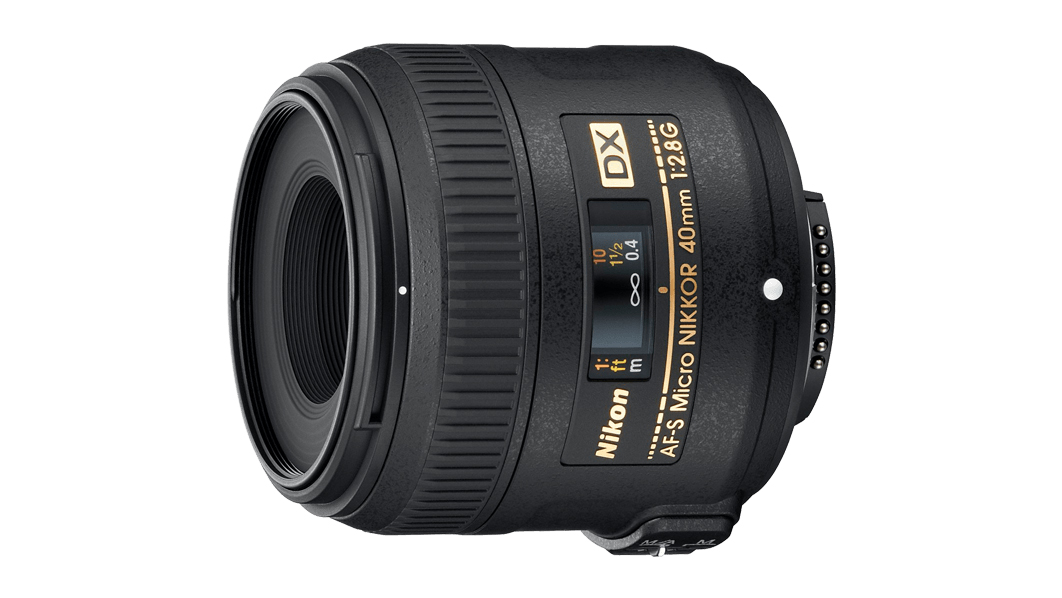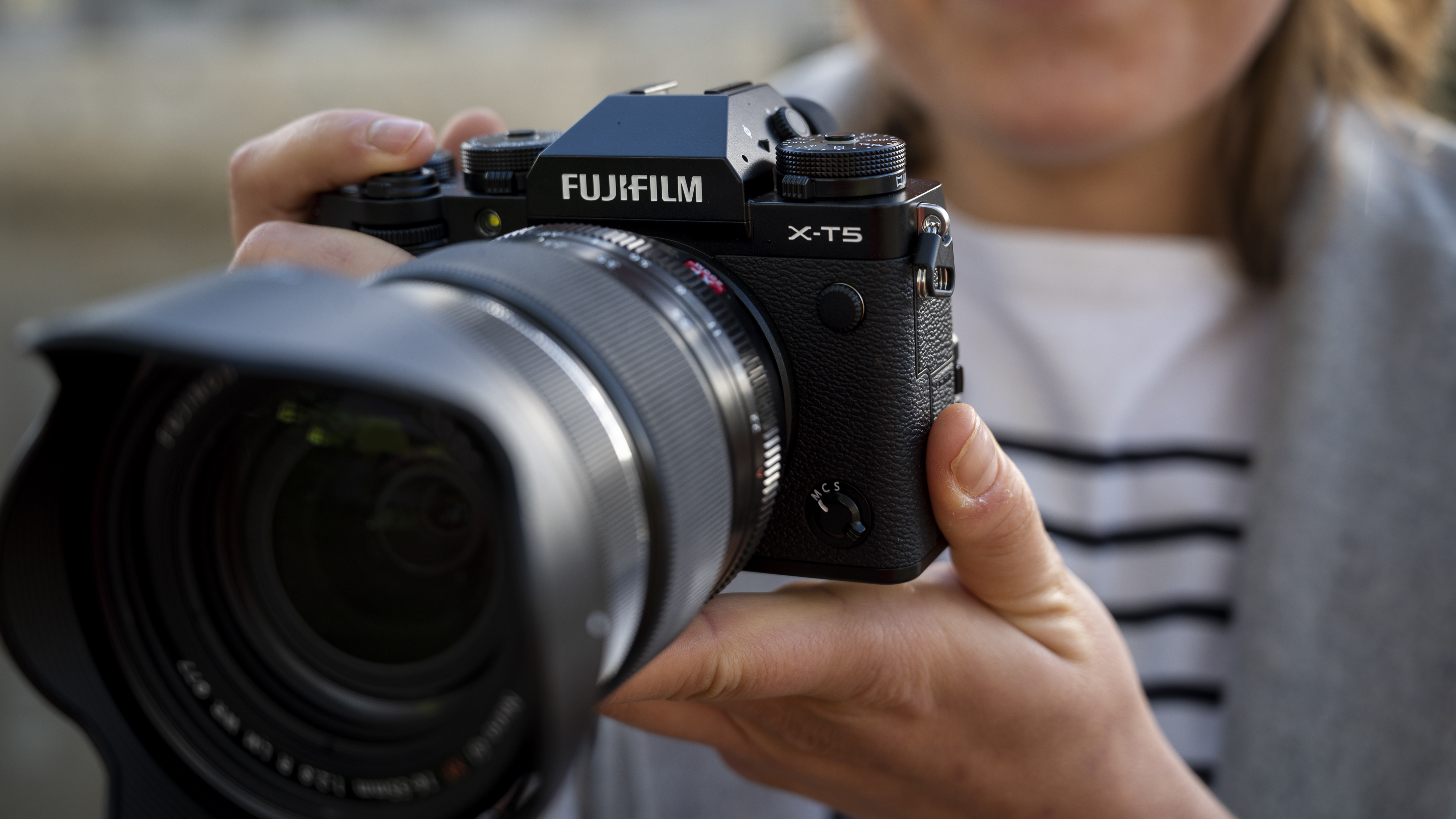5 things to know before buying a macro lens
Want to shoot macro photography, but don't know where to start? Here are 5 tips for choosing and using macro lenses
Watch the video: 5 things to know before buying a macro lens
If you love shooting small objects or creatures at really close distances, you’ll need a dedicated lens to get the best results from your macro photography.
In theory, shooting close-up images shouldn’t be complicated. The problem is that regular lenses have a minimum focus distance, so you can’t get close enough to tiny objects for them to fill the frame.
There are some workarounds, such as screw-on close-up filters and extension rings, but the best solution is to use a dedicated macro lens – the Canon EF 100mm f2.8L Macro IS USM, for example.
• See also: Best macro lenses • Best camera for macro photography
The word ‘macro’ has a strict definition: a lens that can reproduce a subject at its actual size on the camera sensor. So if you photograph an insect that’s 10mm long, its image will be 10mm long on your sensor.
So here are five tips for choosing and using a macro lens…
1. Focal length
All commonly available macro lenses are fixed focal length prime lenses – usually with slightly longer focal lengths, because that enables you to shoot close-ups from slightly further away.
A very common focal length for macro lenses is 90mm, with examples like the SP 90mm f/2.8 Di VC USD Macro – a legendary macro lens from Tamron.
Shorter focal-length macro lenses may be cheaper and lighter, but there is a downside: because you need to work closer, you could inadvertently cast a shadow over your subject with the camera.

2. Maximum aperture
Macro lenses typically have a maximum aperture of f/2.8. This can be helpful when you’re trying to compose and focus in low light, but can also be handy if you’re using your macro lens as a short telephoto or portrait lens – two added-value jobs that macro lenses can actually be very good at.
3. Maximum magnification
Jargon alert: in macro photography, the technical term for magnification is ‘reproduction ratio’. And a true macro lens has to focus close enough for a ‘life size’ 1:1 reproduction ratio.
Some zoom lenses boast a so-called ‘macro’ mode that doesn’t get near to this. However, some true macro lenses go far beyond a standard 1:1 ratio to offer 2:1 or even 5:1 ratios.
4. Image stabilization
An image stabilizer can counteract most camera movements in regular photography, but the depth of field is so shallow in macro shots that your subject can drift in and out of focus with even the tiniest camera movement.
And of course, a tripod is always the best option for keeping your close-ups sharp.

5. Auto / manual focus
Most macro lenses have autofocus, but some are manual focus only. However, that’s not the disadvantage it sounds: you’re likely to be working on a tripod, and manual focus often ends up being quicker and more precise than trying to juggle and position AF points.
That’s five tips for choosing and using a macro lens, but hold on – we’re not quite done yet.
Also bear in mind size and weight: a low cost and lightweight lens is fine for occasional use, but a heavier and longer focal length lens may ultimately give you better results.
And don’t forget about future-proofing your camera setup. If you’re presently shooting on an APS-C format, perhaps using Nikkor’s 40mm f/2.8 G AF-S DX Micro, then you need to decide between buying a lower-cost APS-C lens for your current system or a larger (and more expensive) lens that you can use both on your current camera and on a full-frame model, if you decide to upgrade your camera in the future.
The Sigma 105mm f/2.8 Macro EX DG OS HSM offers this flexibility, plus terrific image quality and value for money.
Read more:
The best macro lenses in 2020: get closer to your subjects than ever before!
Best ringflash for macro photography in 2020
Focus bracketing & focus stacking: master your camera's built-in macro modes
Get the Digital Camera World Newsletter
The best camera deals, reviews, product advice, and unmissable photography news, direct to your inbox!

Niall is the editor of Digital Camera Magazine, and has been shooting on interchangeable lens cameras for over 20 years, and on various point-and-shoot models for years before that.
Working alongside professional photographers for many years as a jobbing journalist gave Niall the curiosity to also start working on the other side of the lens. These days his favored shooting subjects include wildlife, travel and street photography, and he also enjoys dabbling with studio still life.
On the site you will see him writing photographer profiles, asking questions for Q&As and interviews, reporting on the latest and most noteworthy photography competitions, and sharing his knowledge on website building.
